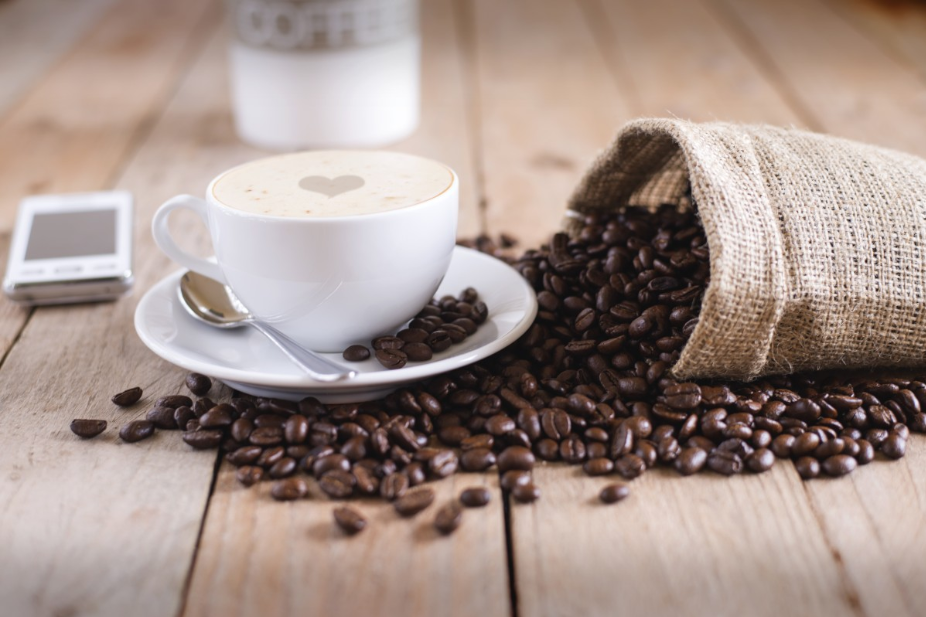Non-coffee drinkers think that all cups of coffee are the same. However, this is far from the truth. Us coffee drinkers know all too well that it’s very easy to make a bad cup of coffee. Too much milk or too little coffee in your mug or grinder can be a disaster. A good cup of coffee can set your mood for the day but many of us are all too tempted to rely on baristas for our daily cup. However, this can be costly when you can make your own perfect cup from the the comfort of your home with these easy steps…
1. The Beans
There are many different types of coffee beans available and quality beans are worth the investment. If you’re after that perfect cup of coffee, then forget about your ground or instant coffee and go straight for the beans.
Coffee is best when it’s used fresh. This means use it within days of being roasted. Although buying in bulk may be the easiest option for businesses, if you’re a sole entrepreneur you should consider buying from a local roaster or roast your own.
2. The Grinding
Even this forceful part is actually an art. Don’t settle for coffee that’s already ground because you may need coarser or finer grounds to perfect your brew:
- Some methods require coarse granules so they don’t pass through filters, such as the ones in French presses.
- The texture can determine the acidity of your coffee and you’ll need to adjust it to meet your taste preferences.
For quality grinding invest in a Burr grinder.
Tip: In brewing you can never forget accuracy is paramount. Weighing your grinds for each brew is vital and write down how much you use each time. You can compare the taste of different brews when you work with accurate data and find the perfect amount that works for you.
There are many chemical reactions taking place during coffee making. One of them is oxidation of the grounds. To prevent this from affecting your coffee’s taste you should only work with freshly ground beans; this means grind them up 30 minutes (or less) before brewing starts.
3. The Equipment
What will you use to create your brew? Each piece of equipment requires different textures, temperatures, procedures and timelines. Here’s an example: An espresso machine’s most important step is firmly tamping down the grounds but with French presses it’s all about water temperature.
Research the requirements of your preferred method so you don’t miss out on superb taste.
4. The Water
Use good water for your coffee. If you use tap water which is full of colour or is off-flavour, this can ruin your pot of coffee. Avid coffee lovers often use bottled spring water or activated-charcoal/carbon filters on their taps.
5. The Temperature
Temperature plays an important role in making that perfect cup of coffee. But why? The temperature determines which oils and aromas will be extracted from your grinds. They’re all water soluble, but only a certain temperature activates each one. This is especially important to ensure your coffee doesn’t taste burnt or acidic. This is why a coffee machine’s temperature settings are part of what makes them valuable.
When you discover the recipe for your cup of perfection you will want to replicate it. You won’t know how if you don’t know how you made the first one. So measure temperature before brewing each cup.
6. Analysis
No scientific process will work without some feedback. So after everything is done you need to taste and take down some notes. Yes, literally write down what you think of your brew.
If it’s the slightest bit bitter, sour or filled with granules you should adjust one of the steps above. As much fun as coffee making is it’s also a skill. After all, practice makes perfect.

